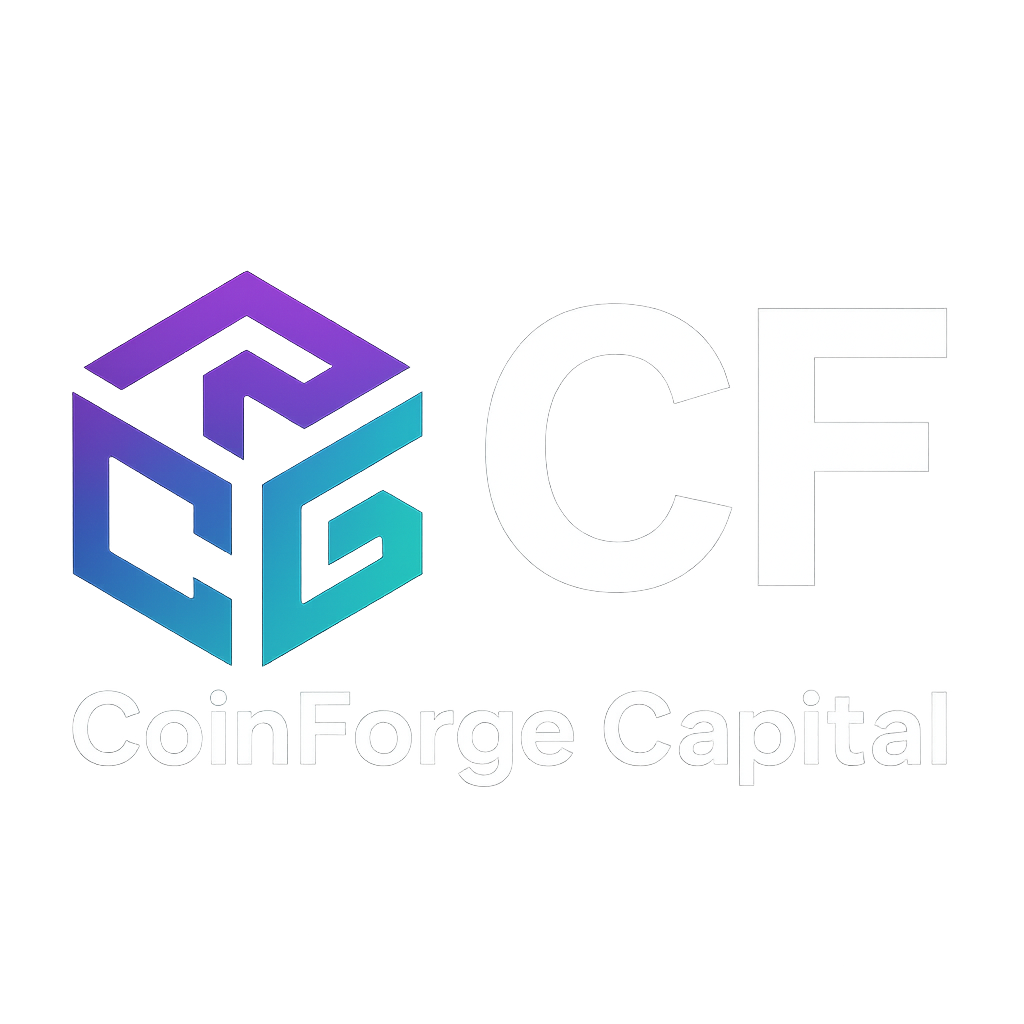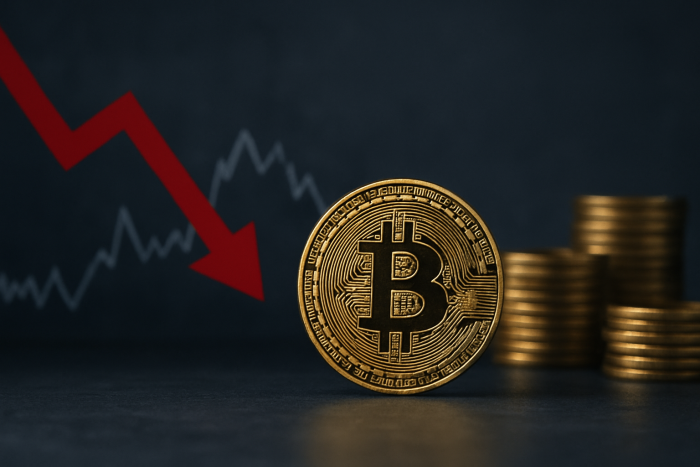Introduction
October is living up to its reputation as a volatile month for digital assets. Institutional demand for crypto has never been higher, yet U.S. policymakers remain locked in partisan battles that could define the next decade of market oversight. As Bitcoin hovers around record levels and leverage builds up across exchanges, investors face a familiar dilemma: conviction or caution?
1. Institutions Keep Buying — But at What Cost?
The surge in crypto exchange-traded funds (ETFs) has been nothing short of historic. Global inflows hit record levels this month, reflecting a deepening appetite among traditional investors to gain crypto exposure through regulated vehicles.
Bitcoin and Ethereum remain the core targets, but broader multi-asset products are gaining traction as investors look for diversified exposure to the digital asset economy. This institutional momentum provides stability — yet also introduces new systemic risks.
“Institutional capital brings maturity to the crypto market,” says one asset manager. “But it also ties us more closely to traditional market cycles — when Wall Street sneezes, crypto can catch a cold.”
For the first time, crypto’s biggest catalyst and its biggest vulnerability might be the same thing: institutional integration.
2. U.S. Regulation: Progress in Limbo
Despite growing adoption, Washington remains tangled in political gridlock. The much-anticipated bipartisan crypto bill, which aimed to clarify the roles of the SEC and CFTC, has stalled once again. Lawmakers disagree over how to treat decentralized finance, stablecoins, and digital commodities — and neither side appears ready to compromise.
This regulatory uncertainty continues to weigh on sentiment, especially among institutional players who require compliance clarity before allocating more capital.
“The technology is evolving faster than the regulation,” observes a fintech policy advisor. “Until the U.S. sets clear rules, other jurisdictions will quietly take the lead.”
For now, the EU, Singapore, and Hong Kong are moving faster — crafting frameworks that invite innovation while protecting investors. The U.S. risks being left behind in shaping the global standards it once dominated.
3. Volatility Creeps Back In
After weeks of optimism, crypto markets are once again showing signs of stress. Massive liquidations in leveraged positions have triggered short-term selloffs, reminding traders that corrections can still come swiftly — even in bullish cycles.
Bitcoin remains range-bound after testing new highs, while altcoins oscillate wildly as liquidity thins. The so-called “Uptober” effect — a historically bullish seasonal trend — may still hold, but leveraged positioning has made the market increasingly fragile.
For active investors, watching ETF flows, open interest, and stablecoin supply dynamics could be the difference between riding momentum and getting caught in a liquidation spiral.
4. The Balancing Act Ahead
Crypto stands at a defining intersection: institutional inflows on one side, political paralysis on the other, and a volatile market environment in between. Each of these forces can reinforce or undermine the others, depending on timing and sentiment.
If inflows continue and regulation eventually aligns with innovation, the next leg of the bull cycle could be more sustainable than the last. But if macro uncertainty and legislative delays persist, markets may face another round of risk-off repricing.
The challenge for investors isn’t just about predicting price action — it’s about reading the broader narrative.
Conclusion
Crypto’s October story isn’t about one single event; it’s about convergence. Institutional adoption, policy indecision, and market volatility are colliding — creating both opportunity and risk at scale.
As always, those who stay informed, diversified, and adaptable will be the ones still standing when the next wave hits.
“Crypto has outgrown the speculation phase,” one strategist concluded. “We’re now in the era where policy, liquidity, and global capital all meet on the same battlefield.”






